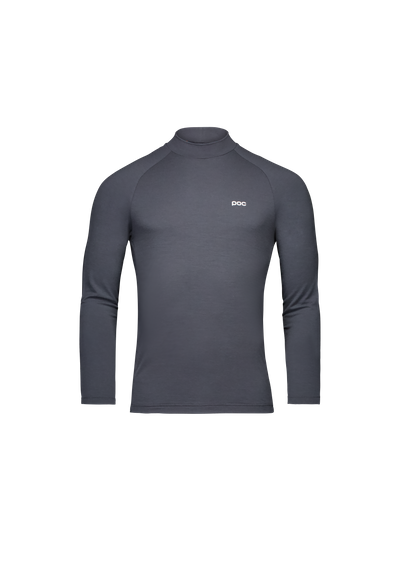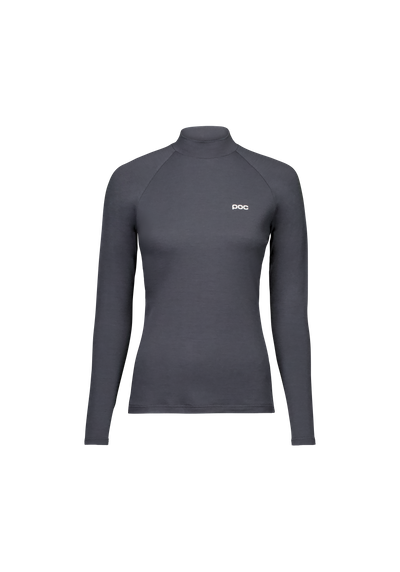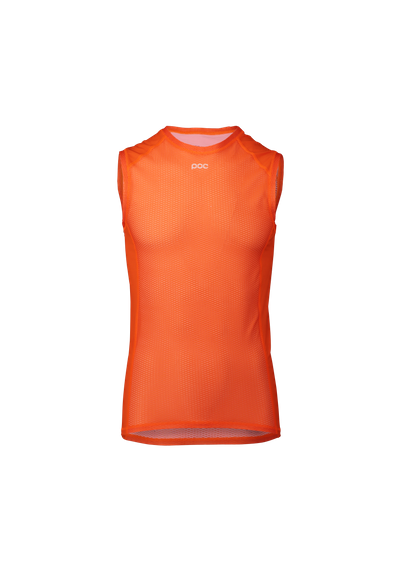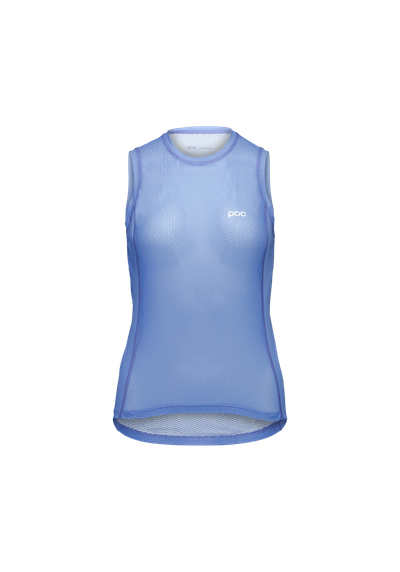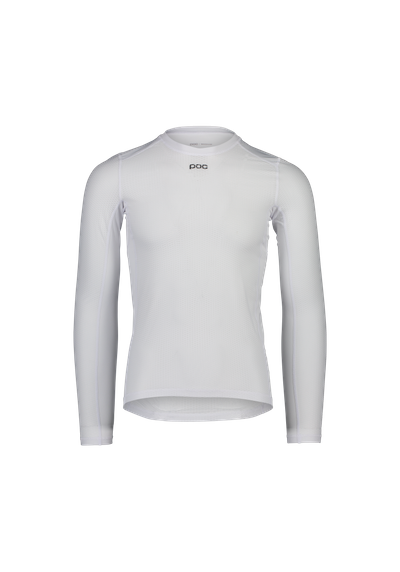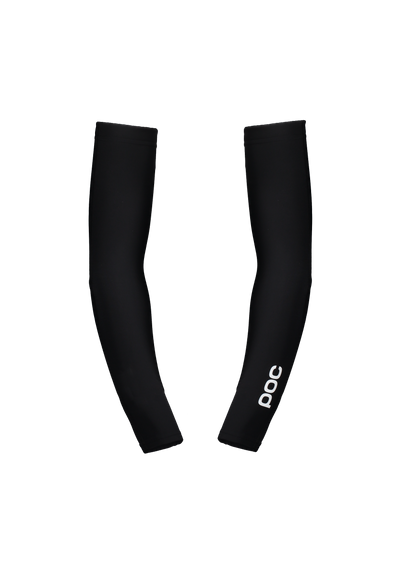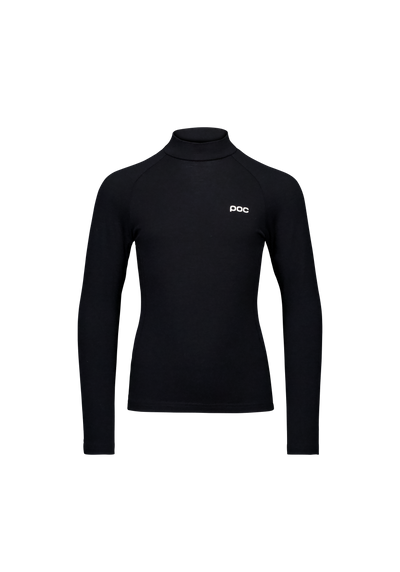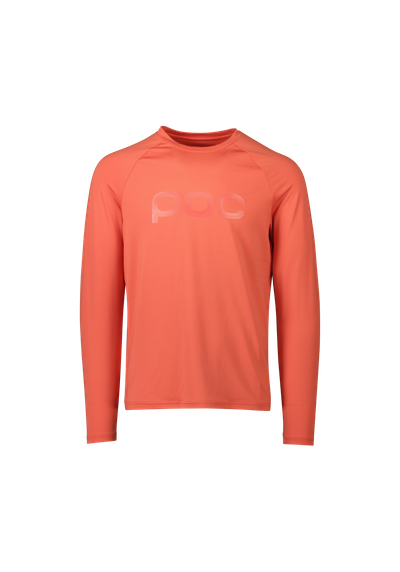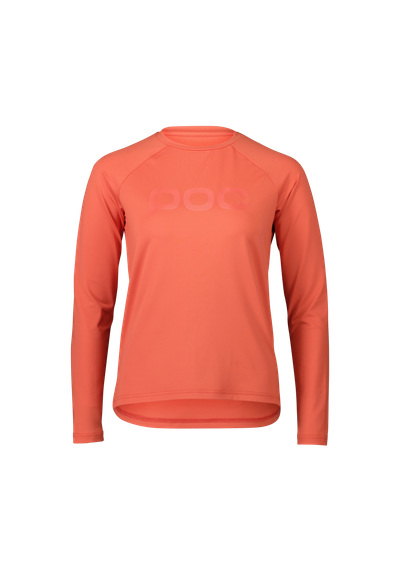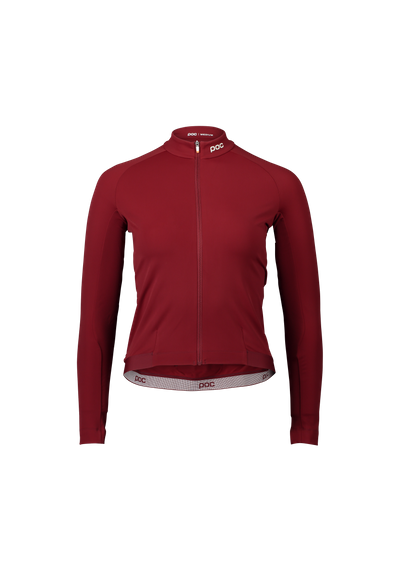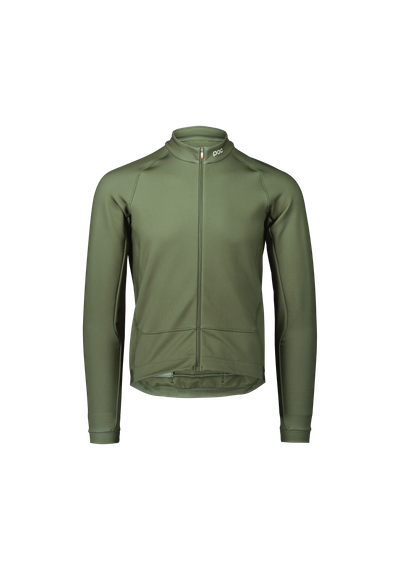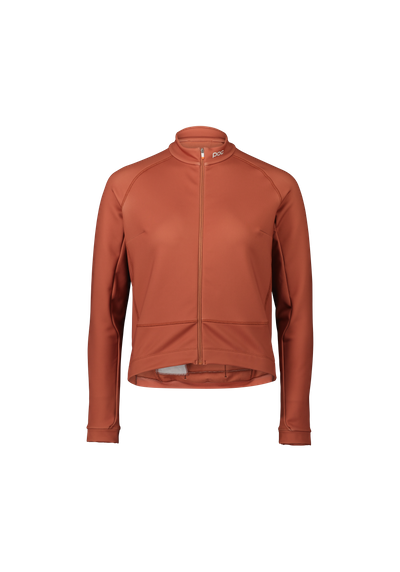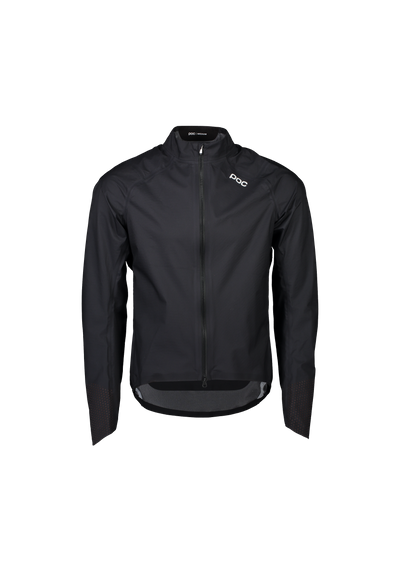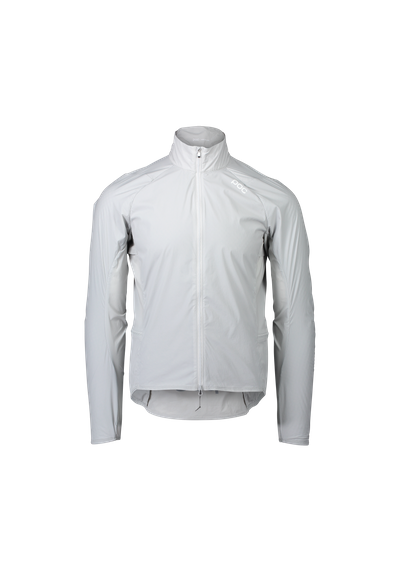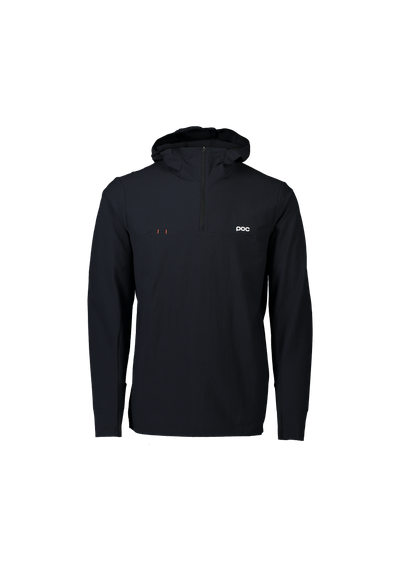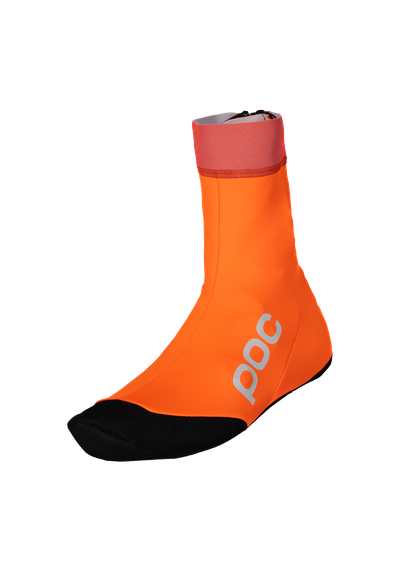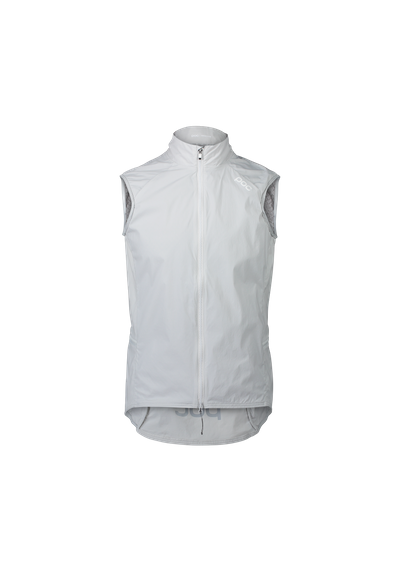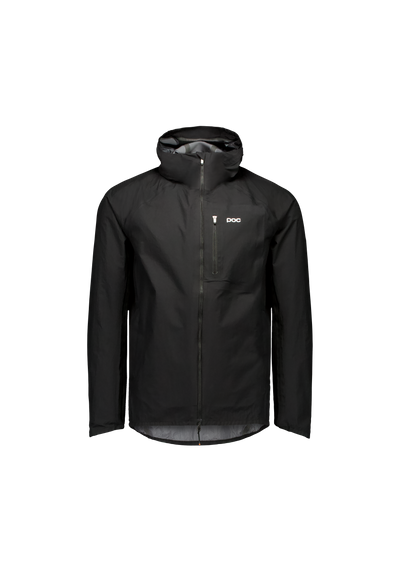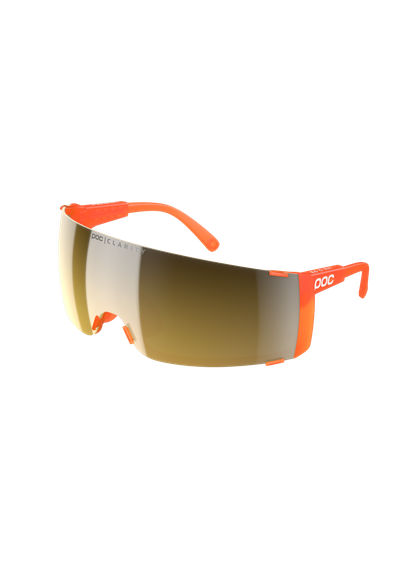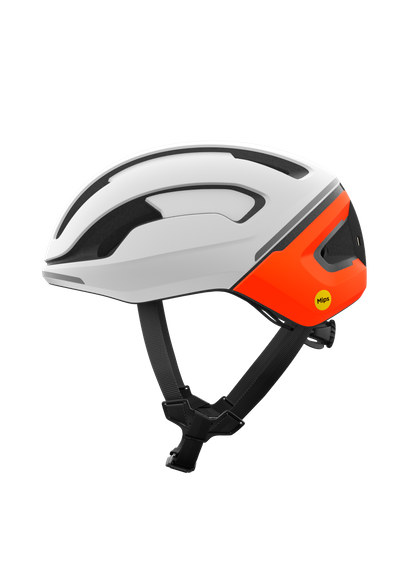Fall/winter cycling: Layering and visibility tips
No matter where you are in the world or how you experience the cold, the principles of layering your fall/winter cycling apparel remain the same. While many are familiar with how to dress for warmth, there's a science to layering effectively for the conditions – and that includes staying visible as the seasons shift.
Dimming daylight, low sun and unpredictable weather all call for smart layers and high-visibility cycling gear that help you stay seen and stay warm.
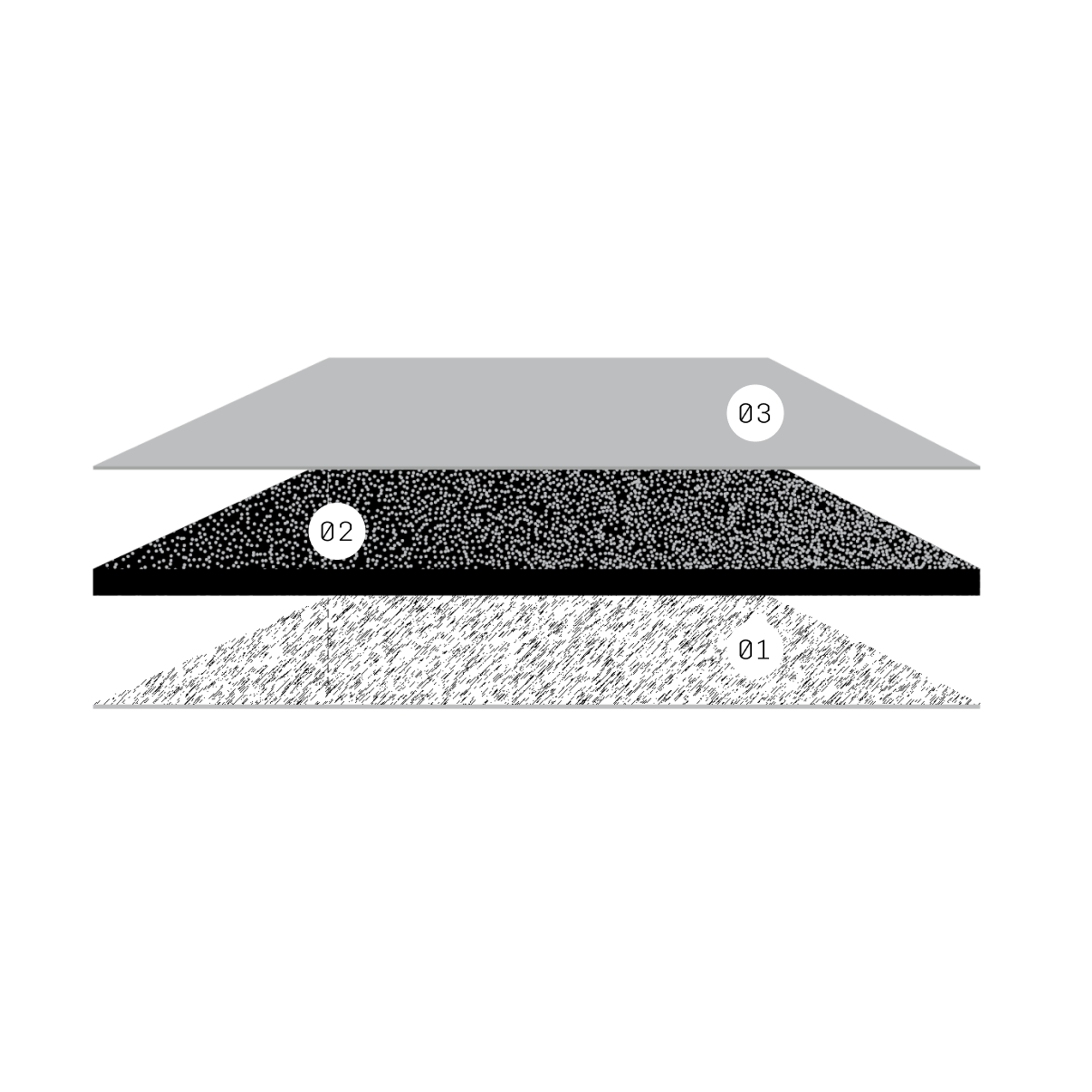
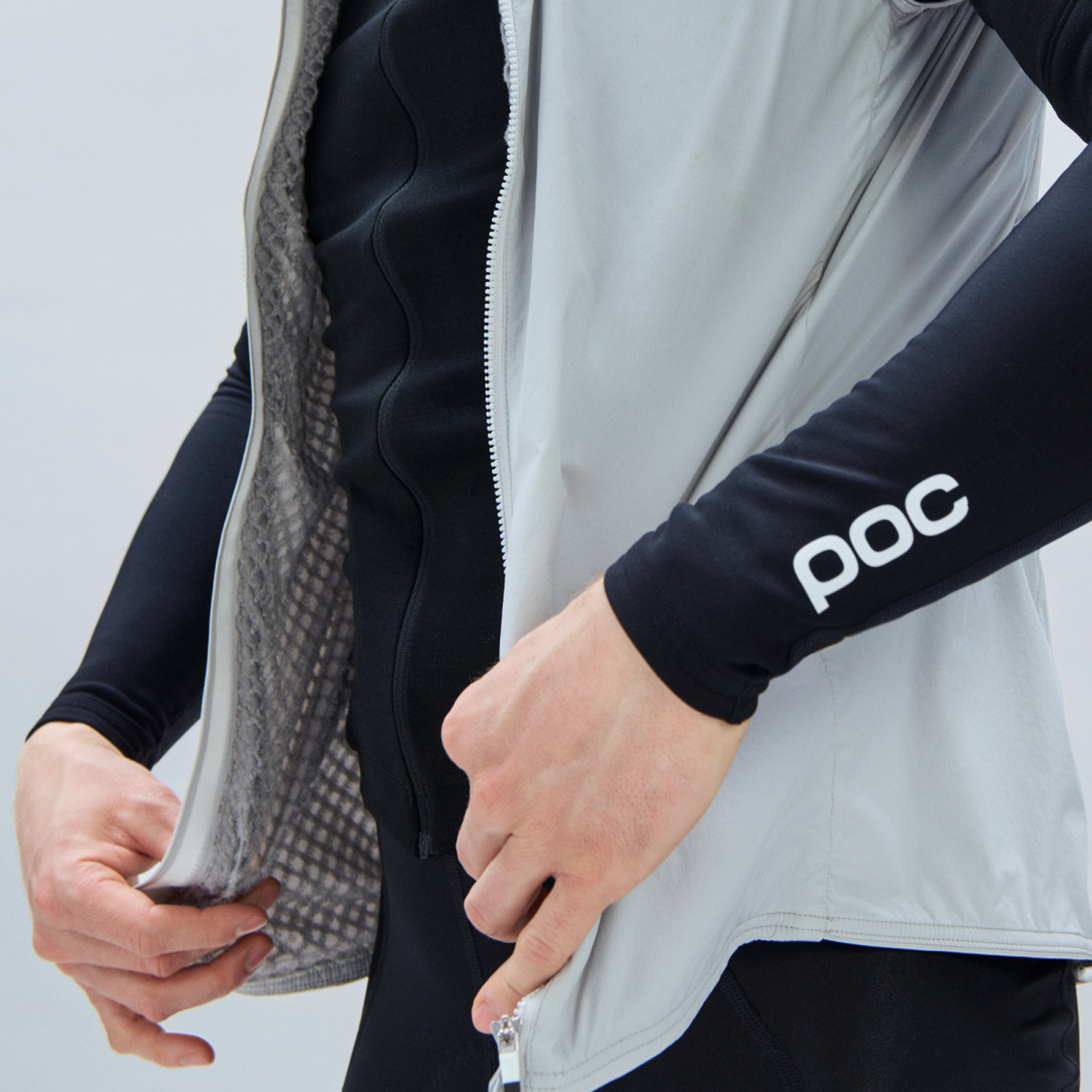
01 Base layer: wicks moisture away 02 Mid layer: creates loft 03 Outer layer: weather protection
THE PRINCIPLE OF LAYERING
Even though we may use different items for different weather conditions and intensities of ride, the foundation of all layering is the 3-layer principle:
Base layer to aid with moisture management and regulate body temperature
Mid layer to aid and support insulation
Outer layer to protect from the weather and, in low-light or adverse weather, to enhance visibility with bright colours and/or reflective elements
Whether riding on low- or high-intensity rides, this key principle remains the same: what changes is the garments we choose to build layers with. This is affected by how we experience the cold, taking into consideration factors like humidity and wind levels as well as past experience.
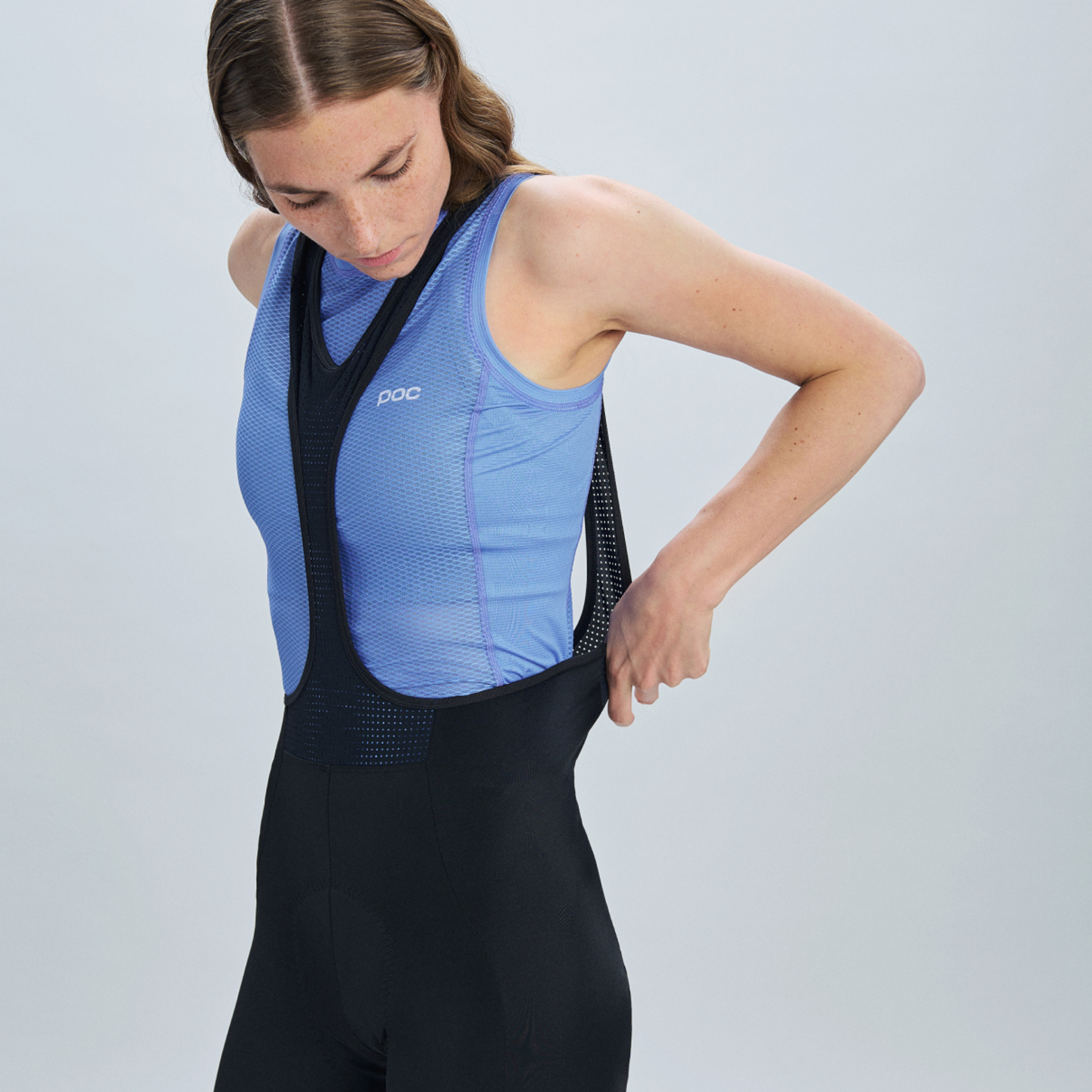

Base layer aids with moisture management and regulates body temperature.
BASE LAYER
A base layer helps to manage moisture and regulate body temperature but the right choice depends on the conditions. In warmer weather, opt for a lightweight, breathable base layer that quickly wicks sweat away to keep you dry and comfortable.
As seasons shift and temperatures drop, switch to a thermal or merino wool base layer that provides insulation while still allowing moisture to escape.
Choosing the right base layer for the season ensures you stay comfortable for the duration of your ride.
BASE LAYERS PICKS
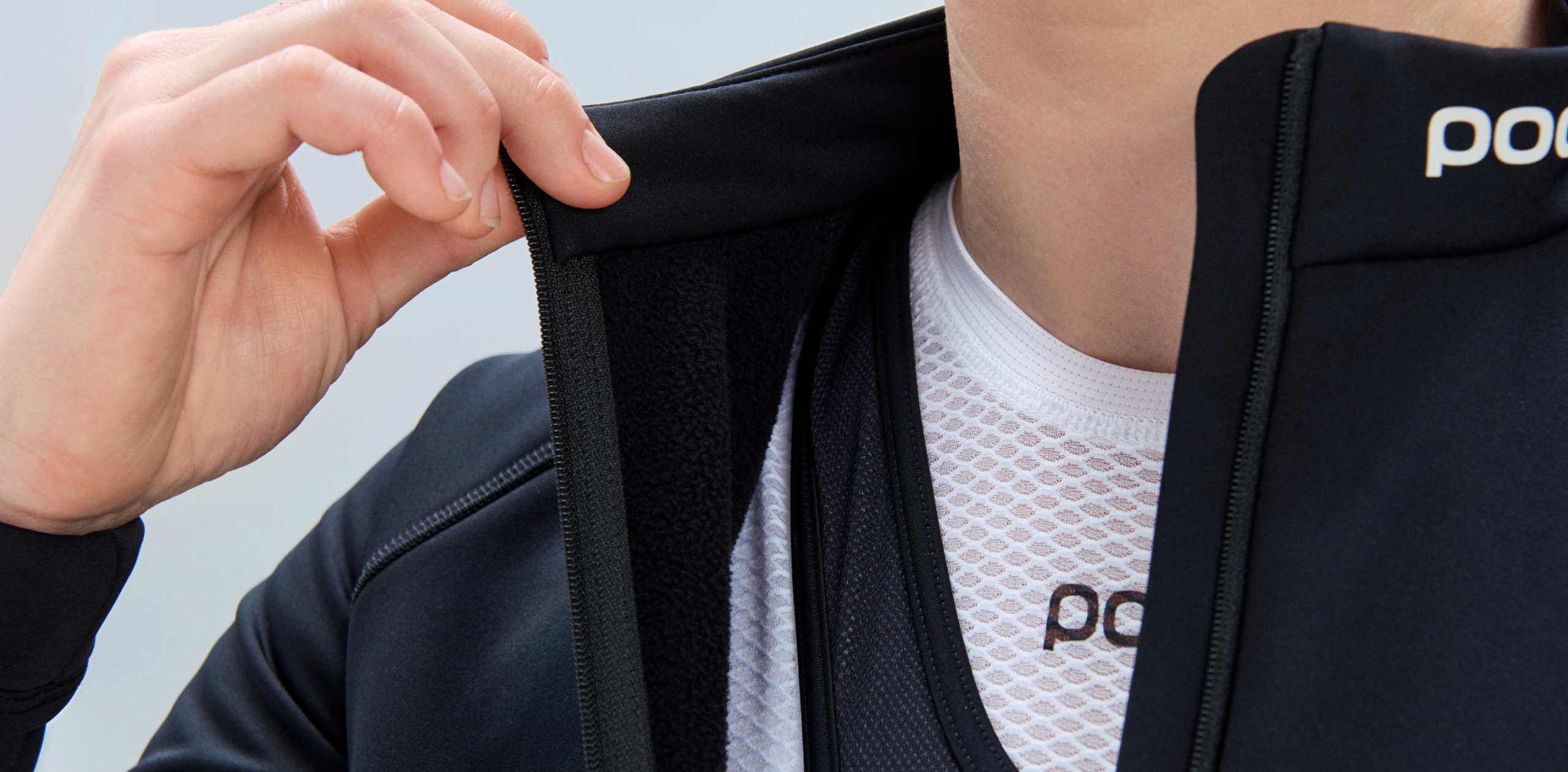
Mid layer aids and supports insulation.
mid layer
A mid layer adds insulation by creating a pocket of warm air above the base layer, helping to retain body heat as conditions cool. In milder weather or during high-intensity rides, a lighter or slightly looser-fitting jersey can offer breathability without overheating.
As temperatures drop, opt for a closer-fitting thermal jersey or fleece-lined layer to trap more warmth.
Adjusting your mid layer based on the season and your effort level helps maintain comfort without compromising performance.
MID LAYERS PICKS
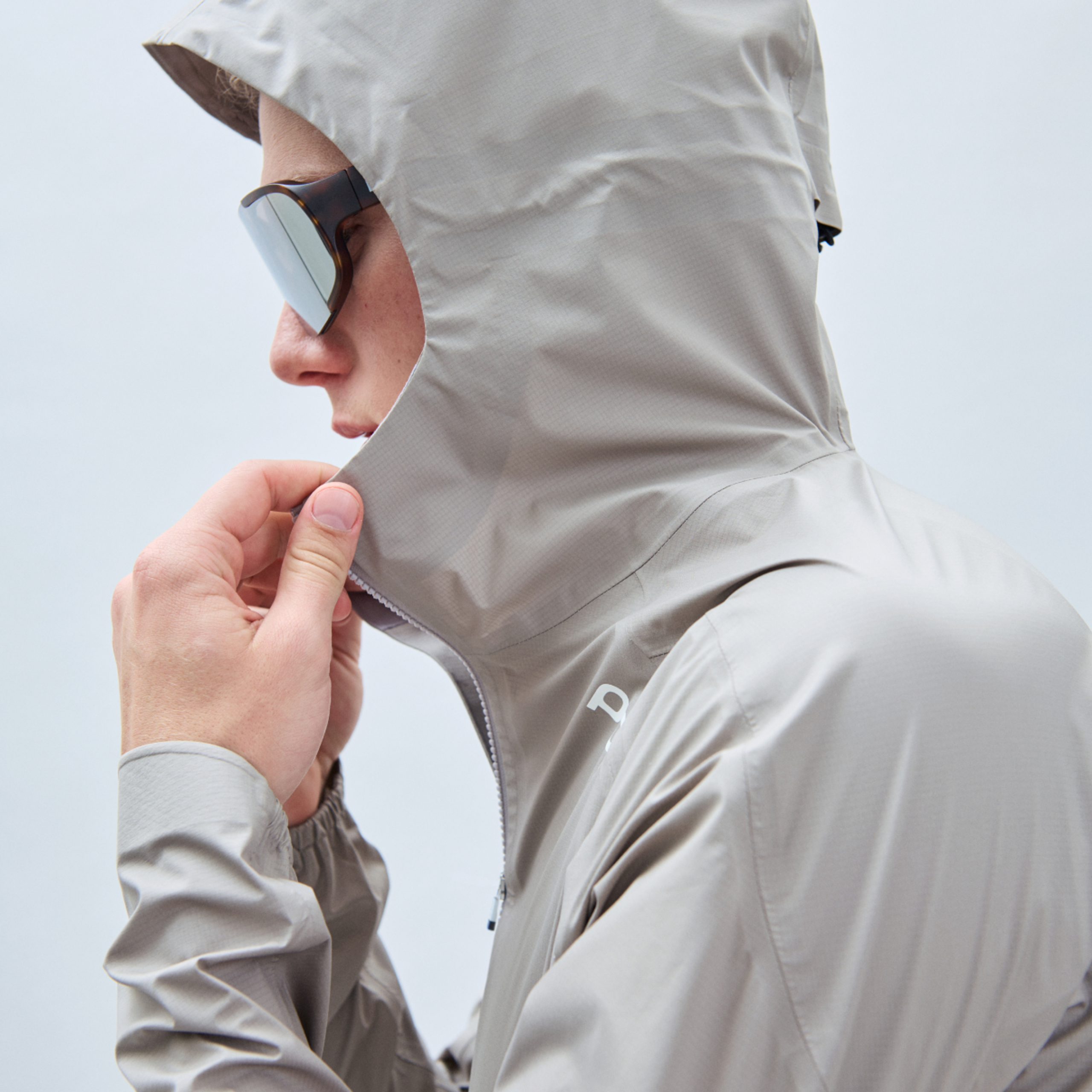
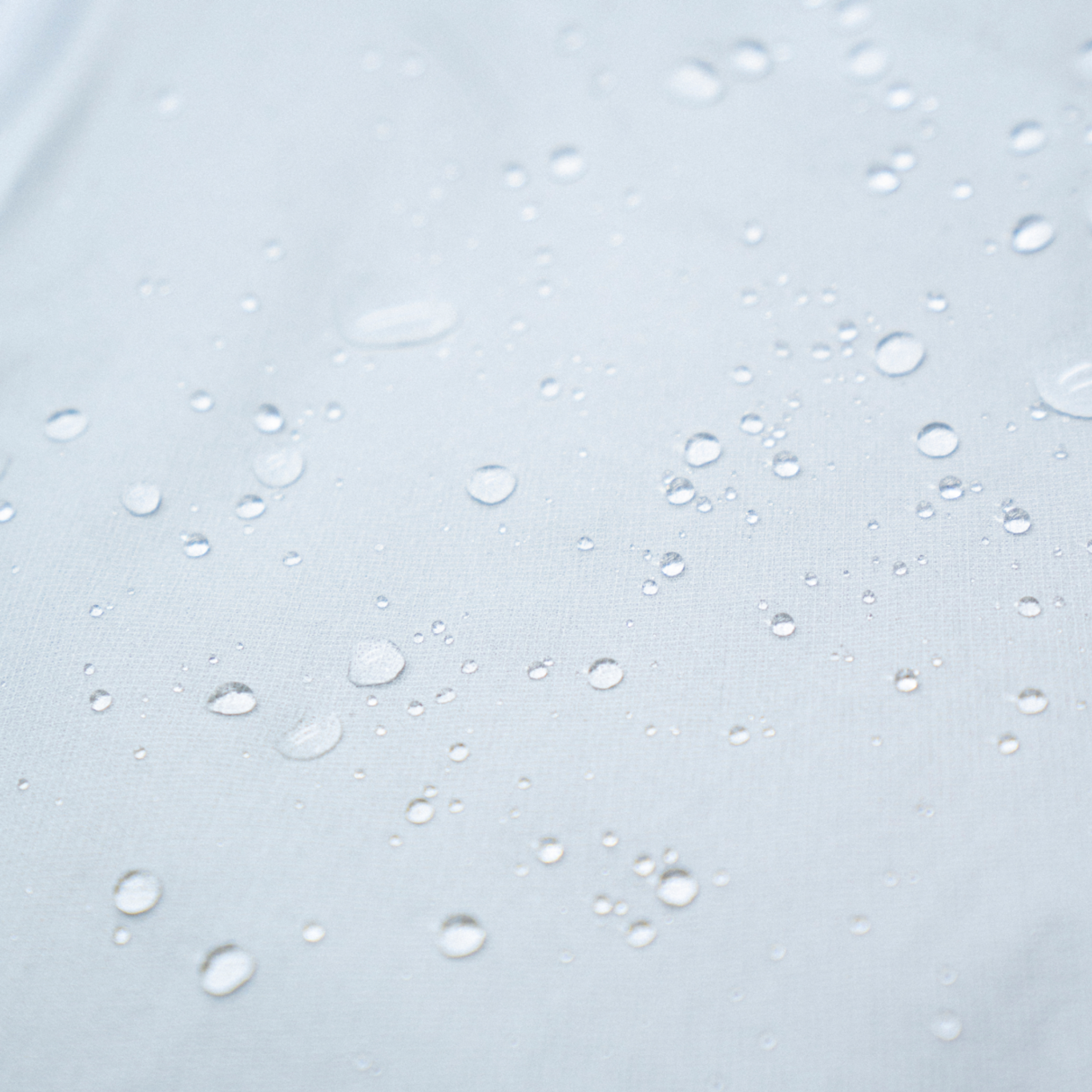
Outer layer protects from the weather and, in low-light or adverse weather, enhances visibility with bright colours and/or reflective elements.
OUTER layer
The main function of the outer layer is to protect you from the elements. Depending on the season, this might mean shielding against wind, rain or both.
In wet or unpredictable conditions, a waterproof or water-resistant shell is essential, while in cooler, dry weather, a windproof jacket might be all you need. Some outer layers also offer moisture vapour permeability, which allows sweat to escape, helping you stay dry from the inside out.
In low-light or adverse weather conditions, opt for something with bright colours and/or reflective elements.
Choosing the right outer layer for the weather ensures you stay protected without overheating or getting damp on your ride.
OUTER LAYER PICKS
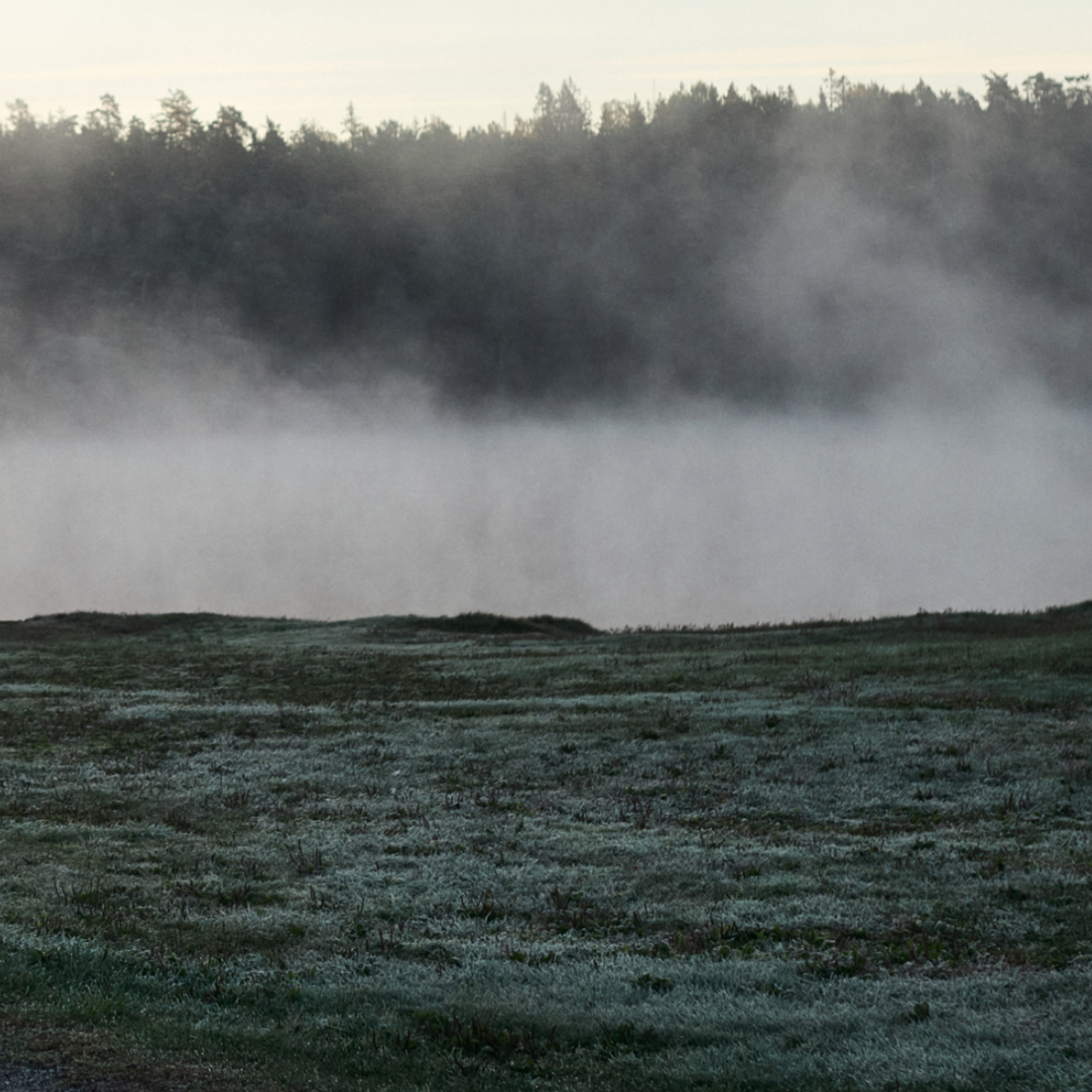
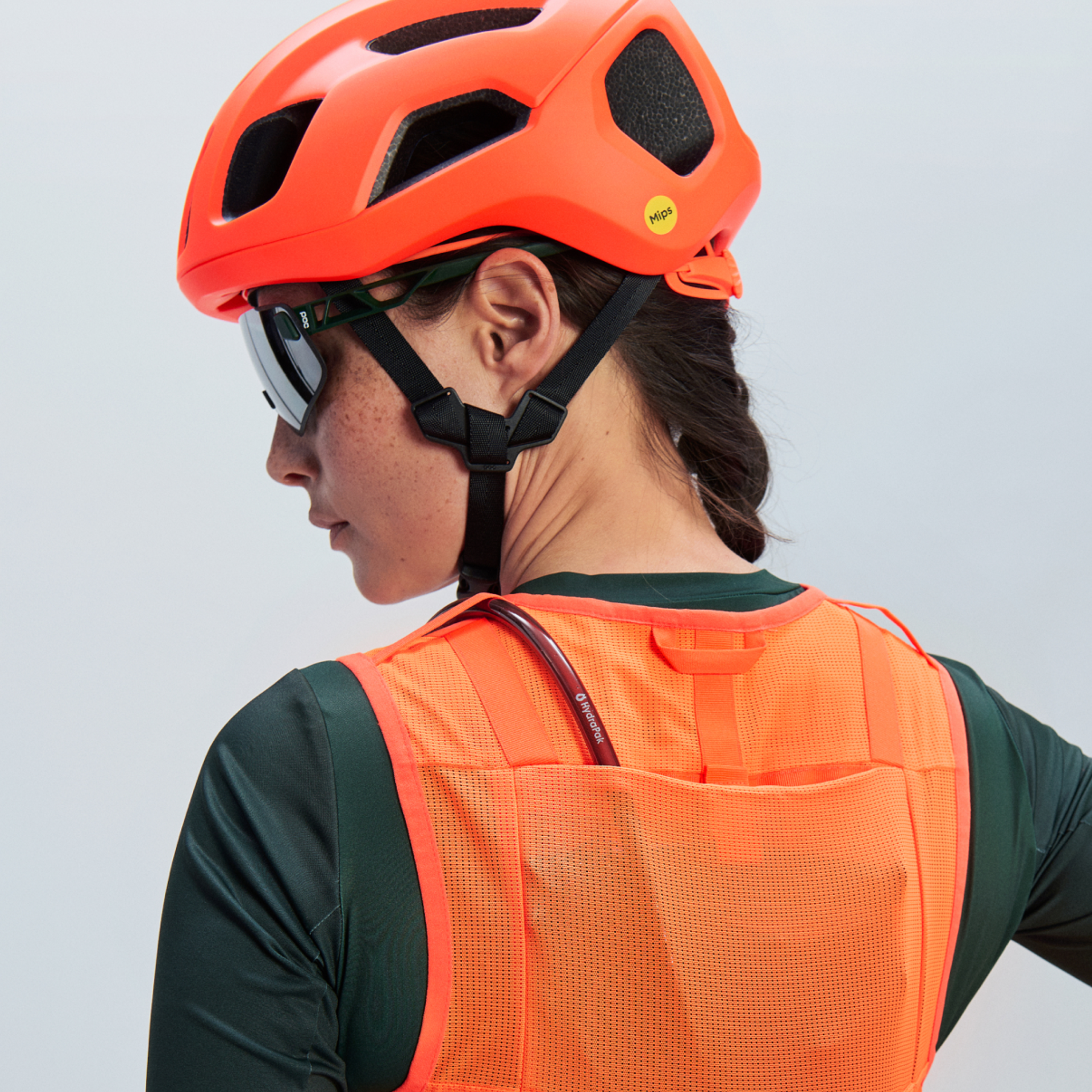
As Swedes, we have grown up riding through long winters. We make apparel designed to ensure you feel comfortable in even the coldest conditions of the frozen North.
STAY VISIBLE. RIDE SAFE.
Opt for outer layers that feature high-visibility elements like reflective strips or panels to help you stand out in low-light conditions. Bright, bold colours can also make a big difference on dull days.
HIGH-VISIBILITY PICKS
DON’T OVERTHINK IT
Layering right and staying visible doesn’t have to be complicated. Focus on what keeps you warm, dry and easy to spot then get out and enjoy the ride, whatever the weather.
Written by: Neil Waterman & Keren McGill
Photography by: Maja Johansson
